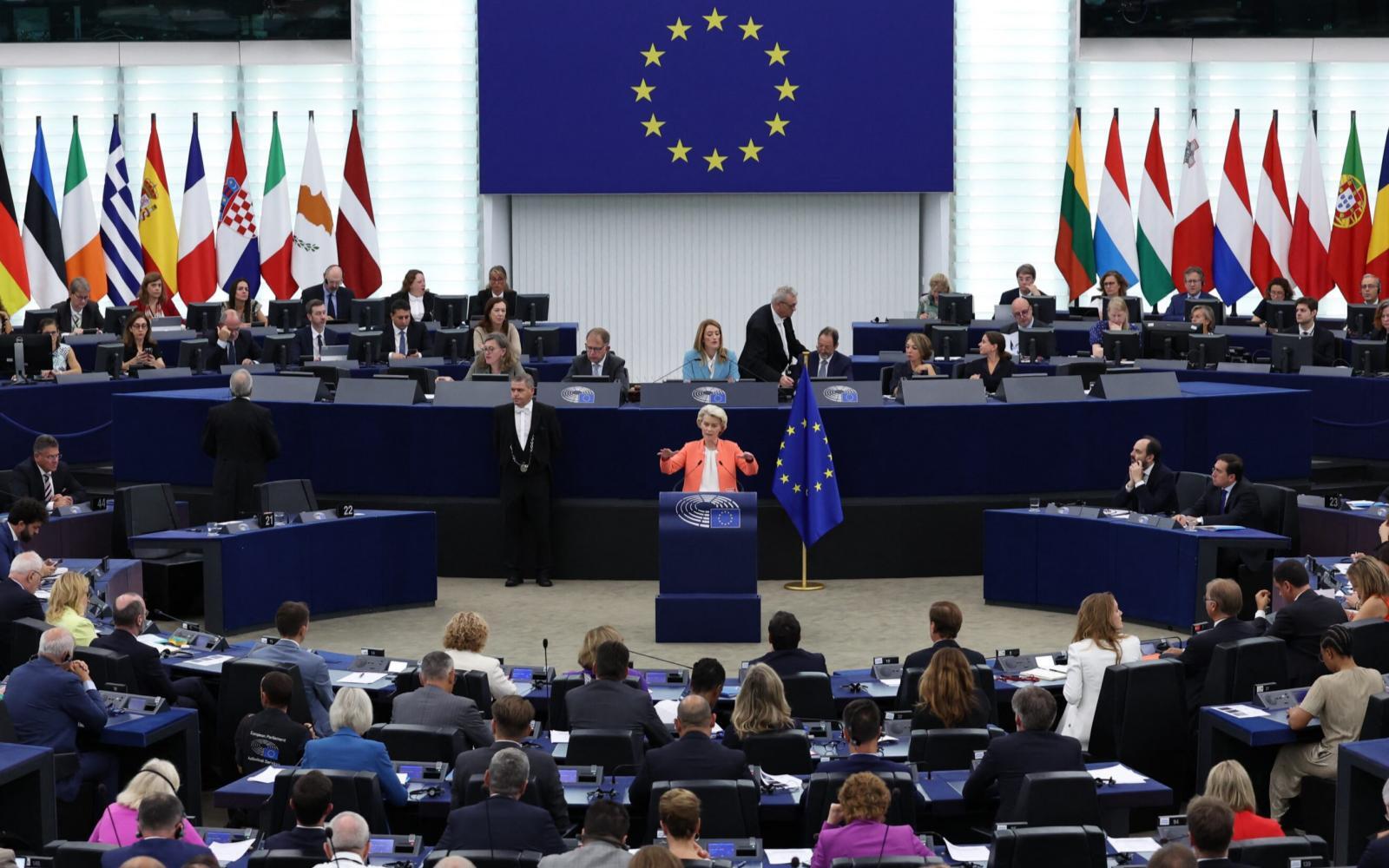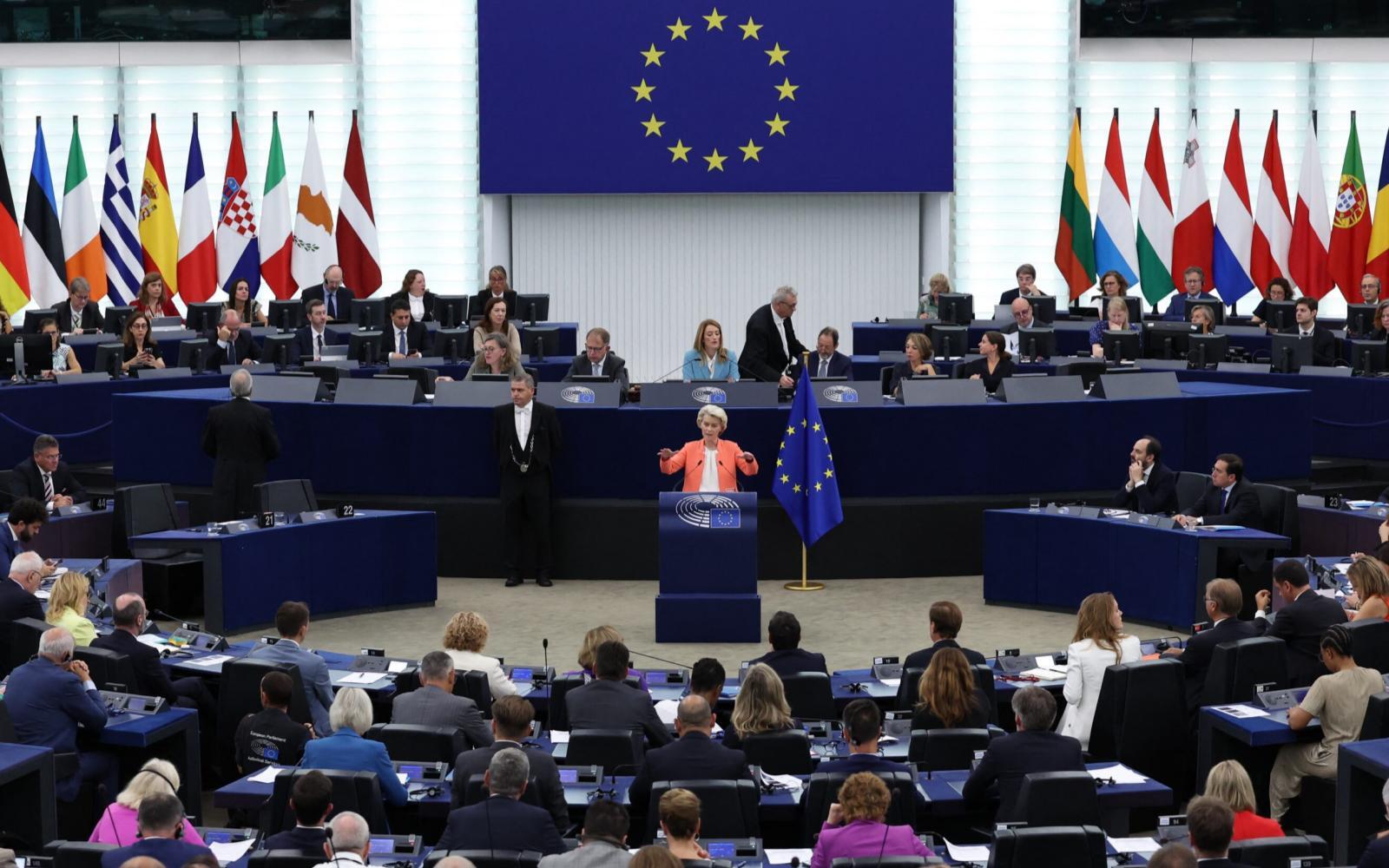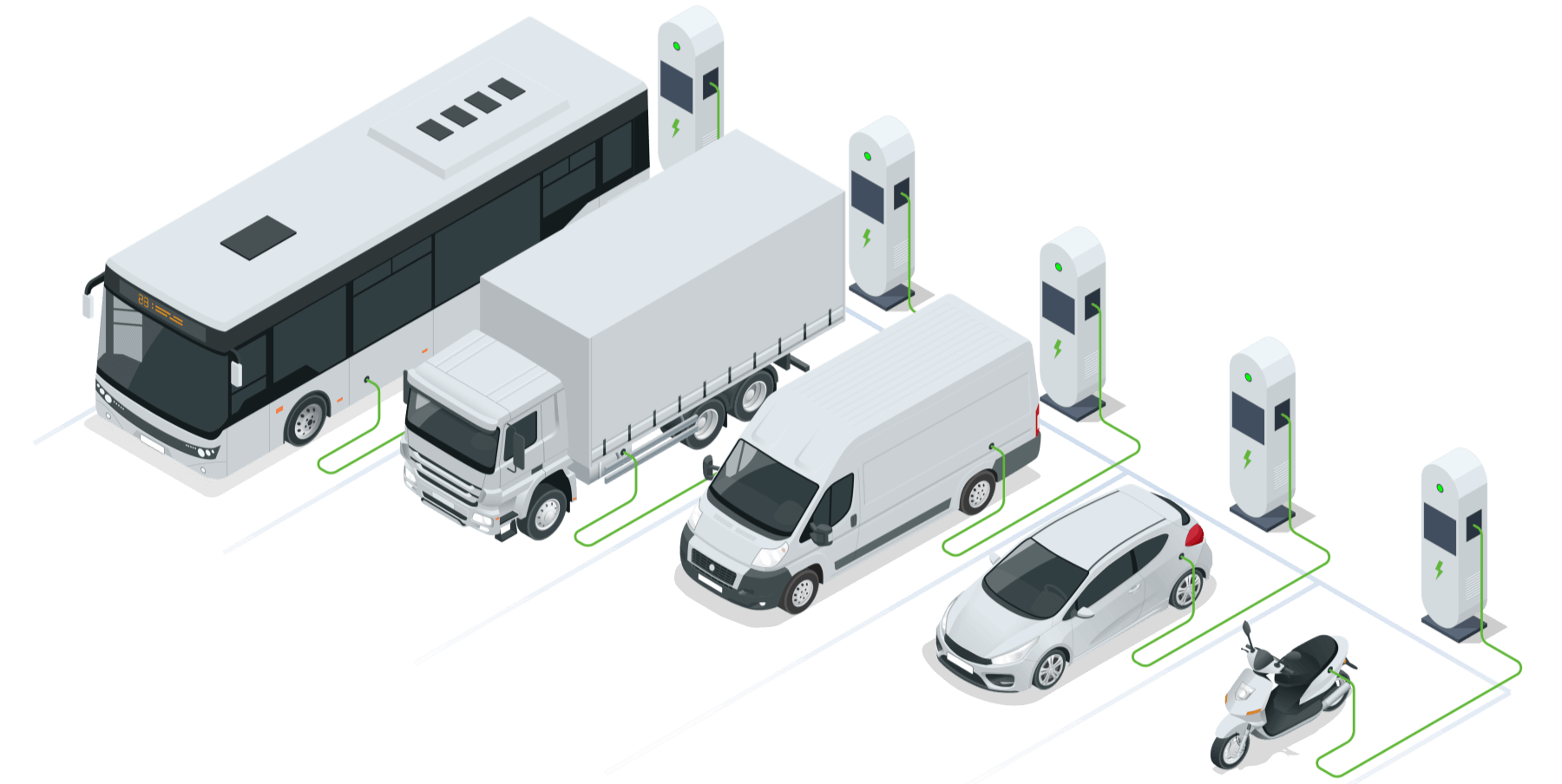EU Anti-subsidy Investigation on Chinese EVs – Industry News 2310

Preface
EU Anti-subsidy Investigation on Chinese EVs
A surge in EU imports of electric vehicles (EVs) from China, EU Anti-subsidy Investigation on Chinese EVs may launched in 1 year.

EU Anti-subsidy Investigation
Brief introduction
On September 13th, the official website of the European Commission revealed that during her fourth “State of the Union” address to the European Parliament, Ursula von der Leyen, President of the European Commission, announced that an anti-subsidy investigation will be launched by the European Commission against electric cars imported from China.
Data presentation
According to statistical data from the European Automobile Manufacturers’ Association (ACEA), the sales of pure electric vehicles and plug-in hybrids in the European Union and European Economic Area reached 1.53 million units and 990,000 units respectively in 2022. Taking into account China’s export quantity of approximately 300,000 new energy vehicles to Europe in the same year, Chinese-manufactured new energy vehicles now hold a market share of 12% in Europe.
Protest by the chinese chamber
The Chinese Chamber of Commerce in the European Union states that China’s electric vehicle and related industries continue to innovate, accumulating overall industry advantages in the fiercely competitive domestic market. They provide consumers with high-end, cost-effective electric vehicles that can meet a wide range of needs, which are welcomed by global consumers including Europeans. This advantage is not formed solely through huge subsidies. The Chinese electric vehicle industry chain has good cooperation with Europe and even the global automotive industry chain, with each electric vehicle representing the efforts of tens of thousands of suppliers worldwide.
Policy Analysis
The investigation into subsidy reimbursement during the safety window period may encompass a much broader range than what is commonly understood as ‘subsidies’
In the legal framework of the WTO, anti-subsidy investigations refer to determining whether companies have received subsidies that harm the interests of similar industries in the importing country. For instance, financial or credit support provided for products or exports enables companies to further reduce prices and directly enhance market competitiveness.
The specific contents involved in the anti-subsidy investigation include basic information, product description, company profile, domestic sales, sales to Europe, production costs, and company profits. Each major category also includes multiple sub-items. For example, sales to Europe include all sales invoices, input invoices, monthly tax declaration forms, quarterly and annual profit and loss statements, export goods exemption and refund declaration details table as well as VAT declaration forms and profit and loss statements for the investigation period and the previous three December months.
The major components of production costs include the consumption of materials, energy, labor hours, a detailed breakdown of production costs for each product, expenditure and consumption data for each type of material/energy and other cost factors, as well as procurement information. Additionally, it encompasses monthly electricity usage details and a table summarizing monthly labor wages and working hours… In short, this investigation will thoroughly examine every aspect of the company
The maximum investigation duration for anti-dumping and countervailing measures stipulated by EU law are 15 months and 13 months respectively. However, in actual cases, the EU’s investigations often take less time than what is legally mandated. This means that once a countervailing investigation is initiated, Chinese automotive companies have a safe window of approximately 12 months without temporary tariffs being imposed. Nevertheless, if it is decided to impose countervailing duties after the investigation concludes, export businesses will face increased pressure with even a possibility of complete loss of access to the EU market.
Chain Reaction
Two months ago, on July 10th, the European Commission issued the Implementing Regulation of the Foreign Subsidies Act, which officially came into effect two days later. This regulation defines foreign subsidies as selective financial contributions from third countries to enterprises engaged in economic activities within the European Union market that confer a competitive advantage. Once it is determined that foreign subsidies exist, the European Commission will further assess whether they distort competition within the internal EU market. Specifically, this refers to situations where foreign subsidies are believed to potentially improve a company’s competitive position in the EU market and have an adverse impact on its competitive environment.
This means that the EU has extended its anti-subsidy investigation to foreign investments in EU countries, and Chinese companies investing in the EU (including joint ventures, mergers, and acquisitions) or participating in public procurement bidding may be required to declare subsidies and undergo relevant investigations.
Among them, the five most scrutinized types of foreign subsidies include:
- Subsidies for rescuing financially distressed enterprises in the short to medium term;
- Guarantees with unlimited amounts or no time limit;
- Export financing measures that do not comply with the Officially Supported Export Credits Arrangement of the Organization for Economic Cooperation and Development (OECD);
- Subsidies directly facilitating specific merger and acquisition transactions;
- Subsidies granting unfair bidding advantages to companies in public procurement.
The Regulation also expands the scope of investigation to cover three years prior to mergers or public procurement bids. Starting from October 12, 2023, companies participating in merger transactions or public procurement bids within the European Union must pre-notify the European Commission if they have received foreign subsidies and meet the relevant reporting thresholds during the preceding three years. Only after obtaining approval from the Commission can these companies complete their merger transactions or have a chance to win public procurement contracts. Additionally, based on individual cases, the European Commission has the authority to initiate ex officio reviews.
In other words, the route to achieve localization through acquiring existing factories, especially those relatively outstanding targets, becomes even more challenging. The core of the regulation is to prevent foreign investment from acquiring century-old stores and hidden champions in European Union countries. If the acquisition of struggling factories is also not allowed, it would completely block the path for Chinese automakers to expand into Europe, which would also be detrimental to the EU itself.
Comments



0 Comments